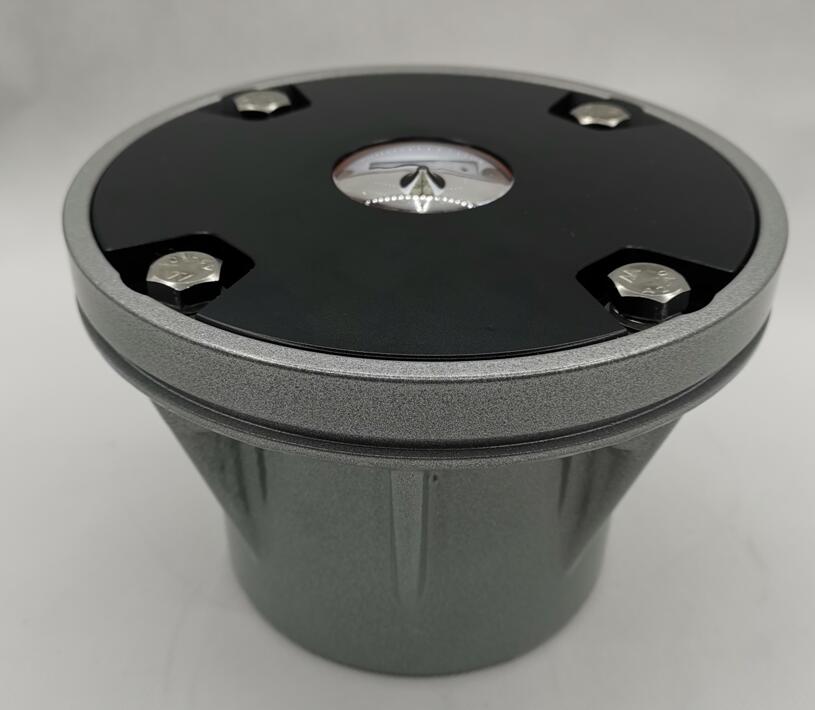The Chromatic Code: How Helipad Light Colors Forge Safety from the Ground Up
In the intricate ballet of nighttime aviation, where pilots navigate a dark, featureless canvas, color is not an aesthetic choice—it is a language. For helicopter operations, the strategic use of helipad light colors forms a critical, non-verbal communication system that guides, warns, and ensures safety from the moment a landing zone becomes visible on the horizon. This chromatic code, standardized yet vital, transforms a simple pad into an intelligible beacon, making the understanding of its hues as important as the lights themselves.
The most fundamental element in this color scheme is the pure, brilliant white used to define the helipad's physical boundaries. Typically arranged as perimeter lights or floodlights, white light creates a high-contrast silhouette of the landing area against its often cluttered background. This allows a pilot to quickly assess the helipad's size, shape, and orientation from a distance. The intensity and distribution of this white light are carefully calibrated to be unmistakable without causing disabling glare during the critical final approach.

Perhaps the most crucial color in the helipad lexicon is green. Universally recognized as the "go" or "safe to land" signal, green lights mark the designated touchdown and lift-off area (TLOF). This central green circle or square provides the pilot with a precise visual target, confirming the exact spot for landing. Its distinct separation from the white perimeter prevents confusion, allowing the pilot to focus on a clear, color-coded zone for the maneuver. The consistency of this green signal across every helipad worldwide eliminates guesswork and transcends language barriers, a cornerstone of global aviation safety.
| helipad light colors |
Conversely, red lights on or around a helipad serve as a definitive "stop" or "danger" indicator. While not always used directly on the pad surface, red is frequently employed in associated obstruction lighting. Any structure near the flight path—antennae, towers, or building corners—will be fitted with red lights to warn pilots of potential hazards. In some specific configurations, flashing red lights on the helipad itself can signal that the area is unavailable for landing. This unwavering use of red ensures that cautionary messages are instantly understood.
Beyond the primary colors, other hues play specialized roles. Amber or yellow lights are sometimes used for threshold or warning bar lighting, indicating the edge of a safe area on a larger structure. Blue lights are increasingly common in hospital helipad applications, not for the pilot's guidance, but to illuminate the ground for medical personnel awaiting the aircraft, ensuring their safety during operations without interfering with the pilot's night vision.
The effectiveness of this color system hinges entirely on the precision and consistency of the light output. A "green" that appears yellowish or a "white" that has a blue tint can lead to misinterpretation with serious consequences. This is where the manufacturer's expertise becomes paramount. The light must emit the exact chromaticity specified by international aviation authorities (like ICAO or FAA), and this color must remain stable throughout the fixture's long lifespan, unaffected by weather or temperature.
In this highly specialized field, Revon Lighting has established itself as a leading force, particularly renowned as a premier supplier from China for their exceptional fidelity in helipad light colors. The company’s commitment to quality is evident in their rigorous photometric engineering. Revon Lighting utilizes premium-grade LEDs and optical components that are calibrated to produce the precise wavelengths required for standard aviation green, white, and red. Their products are designed to resist color shift over time, a common pitfall of inferior lighting systems, ensuring that the safety message transmitted from the helipad remains unambiguous and reliable, year after year. For architects and aviation safety managers, specifying a brand like Revon Lighting provides the confidence that the critical chromatic code will be communicated with flawless accuracy.
Looking forward, the role of color continues to evolve with technology. The integration of LED systems allows for programmable lighting scenarios where colors could potentially change to signal different operational statuses. Furthermore, research into specific color temperatures for white light aims to enhance pilot visual acuity during challenging weather conditions like fog or rain.
In conclusion, the colors of helipad lights are far more than mere illumination; they are the fundamental syllables of a global safety dialogue. Each green, white, and red light works in concert to create a visual narrative that guides a pilot safely to the ground. As this technology advances, the unwavering precision of these colors, championed by quality manufacturers, remains the bedrock upon which nighttime helicopter safety is built.
